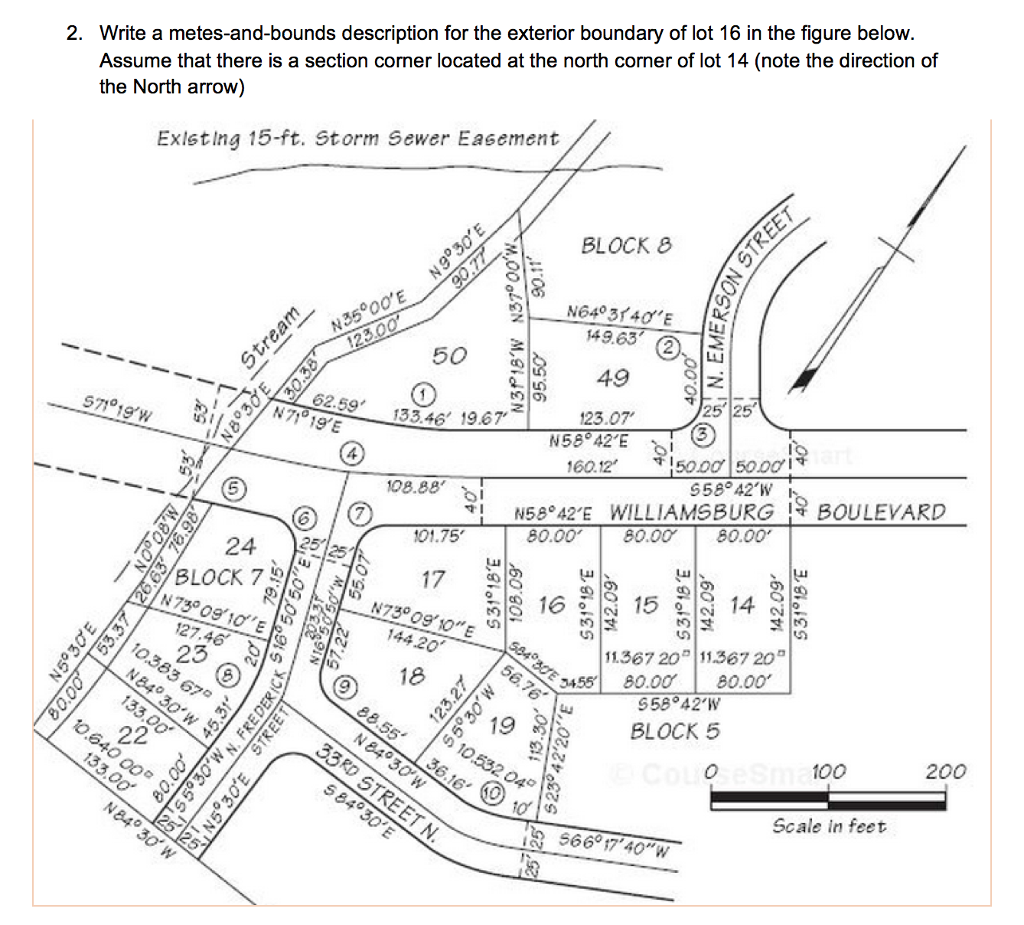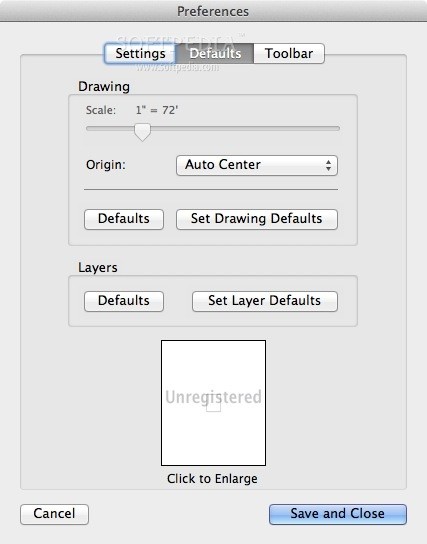


Each section is identified with a number based on its position. Townships are divided into 36 Sections of one square mile each. Ranges measure east or west from the meridian.īased upon these reference points, the land is divided into townships of 36 square miles. Township measures the distance north or south from the base line which is a designated parallel. It’s based on the north-south lines of longitude, which are called meridians, and the east-west lines of latitude, which are called parallels.Įach part of the United States was assigned a specific parallel and meridian as a reference point. Basically, this system breaks down counties and towns into a grid system. The government or rectangular survey system was adopted in the United States in 1785. Certified corner records are used to calculate measurements and figure out lot and distances. Fractional: Describes a property by breaking down a section.Metes and Bounds: Uses bearings and distances to measure the circumference of the property described in the legal description.Lot and Block: Descriptions must identify the individual lot, the block in which that lot is located as well as a reference to find the cited plat map in the public record.The three main types of legal descriptions include

There are three main types you will most likely come across. The description gives important instructions to the surveyor to follow in order to make this determination.Īs you examine the legal description of different properties, you may start to realize some differences and patterns emerge in how they are written. In order to avoid litigation, the best way to determine the accuracy and closure of a legal description and to confirm the boundaries of the property is to obtain a new land survey before closing. This could result in incredibly expensive title curative work in the future. Some of the problems agents might see include leaving part of the property behind or including too much property in the reconveyance because the deed and mortgage are recorded with an incorrect legal description. Settlement agents use the legal description to determine which property is to have the title conveyed from the seller to the buyer. If there are two parcels of property with the same legal description, this is a potentially huge issue that will cloud the owners’ titles and possibly lead to litigation. In order to be valid, it must close, meaning the lines describing the start and end must eventually meet. Unlike a property address, the legal description is a totally unique identifier for properties. If a surveyor is working based on the address, they could be surveying the wrong property.” Using the legal description tells us exactly where the property is at by locating those certain permanent reference points, or monument points, to find the property. “Surveyors should never use an address to survey because an address could be wrong. Sign up for our upcoming webinar on land surveys to learn more! This is typically based on existing township grids and uses a combination of alphabetical abbreviations and numbers to locate the land. Homebuyers and even homeowners may not be as familiar with this term, so here are some important things to know about this part of real estate due diligence.Ī legal description of real property is a way to accurately pinpoint where a particular piece of property is located. The legal description is an equally important tool for surveyors. It’s especially important in a commercial real estate deal, where an investor needs to know exactly what they’re getting, but an incorrect legal description can also have dire consequences for a homebuyer.

Every settlement agent worth their salt understands how important the legal description is in a real estate transaction.


 0 kommentar(er)
0 kommentar(er)
